Viva Italia
The Colours of Salento
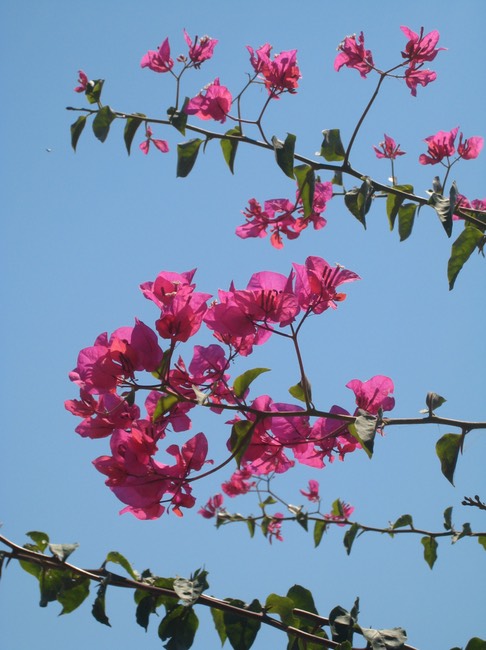
Upon arriving in Napoli, one has reached the Mezzogiorno, the other Italy, famed for so many things, most importantly, for being a world apart from the Italy of Milan, Venice, Florence, or even Rome. Huge oleanders covered with pink and white blossoms line the roads and highways, telling you that you are not in your old world anymore.
But within that large southern landscape are many distinct regions: hills and plains, valleys and rugged mountains; olives and grapes, tomatoes and watermelons; hill villages and seaside towns. Within these richly varying regions, one small area stands out. Travel into Puglia, the heel of Italy, and south toward its tip. When you approach the baroque city of Lecce, and the spreading vineyards of Salice Salentino, you have reached the ancient province of Salento.
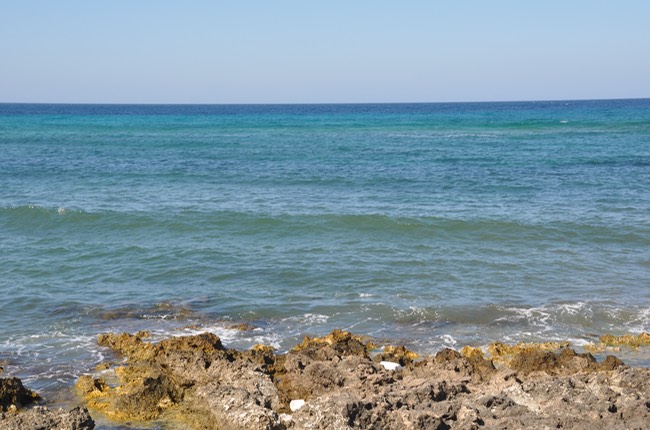
Salento is a relatively narrow peninsula, never more than fifty kilometres across, and thus it is the sea, il mare, that is the defining element of the region. The eastern Costa Adriatica is rocky, lined with hillsides descending dramatically to a sea that churns against the land. The western Costa Jonica tends to be gentler, with the land moving more gradually from the sea to the hills behind it. Both coasts have beaches of white sand, with water like pale green, almost yellow glass. This changes gradually to a delicate seafoam green, deepening to brilliant emerald, then to turquoise.
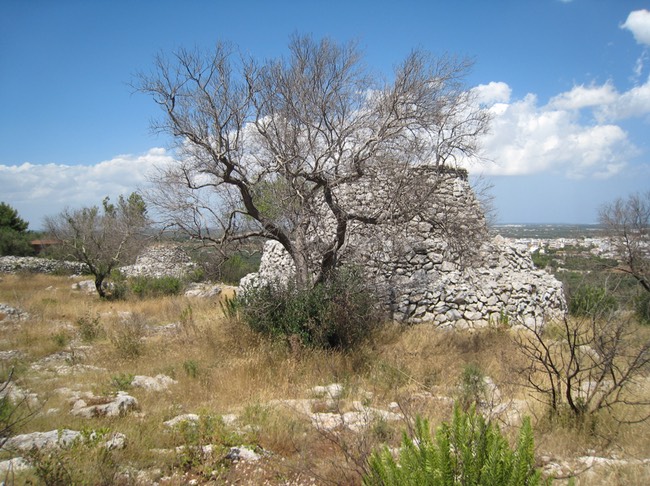
The sky above is deep blue touched with purple. That violet sky is the unifying feature, tying together both the coastal and inland landscapes, making everything look more vivid against its backdrop. The earth is rust-brown, overgrown by pale grasses with seed-heads like stalks of wheat, and dusty sage-like flowering shrubs. The fields and orchards are still dotted with the squat, conical shapes of the ancient stone caseddhi, and the same grey stone makes up the low fences that divide up the land. Between these walls grow huge, gnarled olive trees and rich green gardens. The pale greens of giant cacti dot the landscape, giving a thirsty look to the surroundings. Gardens feature palm trees with squat bodies like pineapples, and large feathery branches that make a contrast of light and shade– some places white in the sun, others green, still others etched darkly against the blue sky.
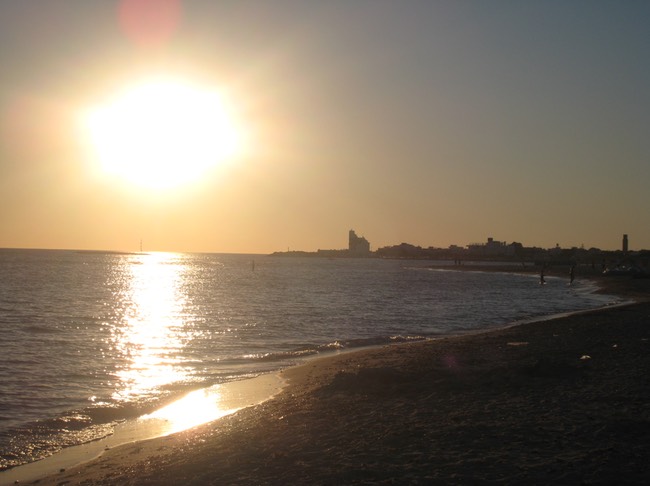
Light is everything here. Watch throughout the day as it evolves, and with it, the landscape. In the morning it is fresh and full of promise. The sunlight touches the tops of the olive trees, turning them silvery-white. The delicate-looking grey-green leaves move gently in the morning breeze. In the heat of midday, the light becomes hard and uncompromising, emphasizing the dryness of the land, only remitted by the age and dilapidation of the towns and villages, and the muted line of the horizon, where the brilliant turquoise sea melts into the azure sky. Late in the day, that line becomes sharp and clear, etched thinly in black. In the evening, light touches everything gently, so that faded buildings look graceful, and the landscape shows its subtle beauty– a multiplicity of greens, highlighted by the reds and pinks of flowers. The sunset glows bright orange behind the olive trees or the sharp outline of the palms, and turns the water a soft blue.
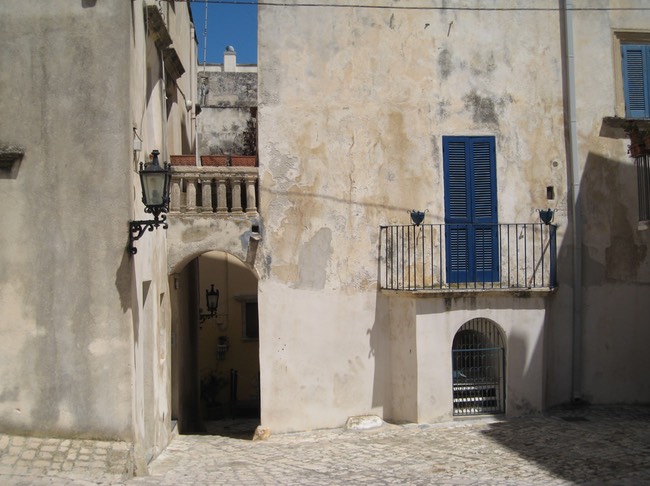
Contrasts of colour are everywhere. White-painted stone buildings in a coastal town stand out against the deep blue of the sea. Pink bougainvillea spills over a stone wall, adding a bright wave of colour to the muted background. A building in a pale pastel shade features a brightly-coloured window shutter or black wrought-iron balcony. Tables at a mercato are layered in vividly-coloured towels and linens– oranges, yellows, reds. Vegetable stalls are filled with deep red tomatoes, huge yellow peppers, bright green and red watermelons, and pale green striped squashes in huge piles. Each vista and scene has its own palette, its unique vocabulary– the colours of Salento.